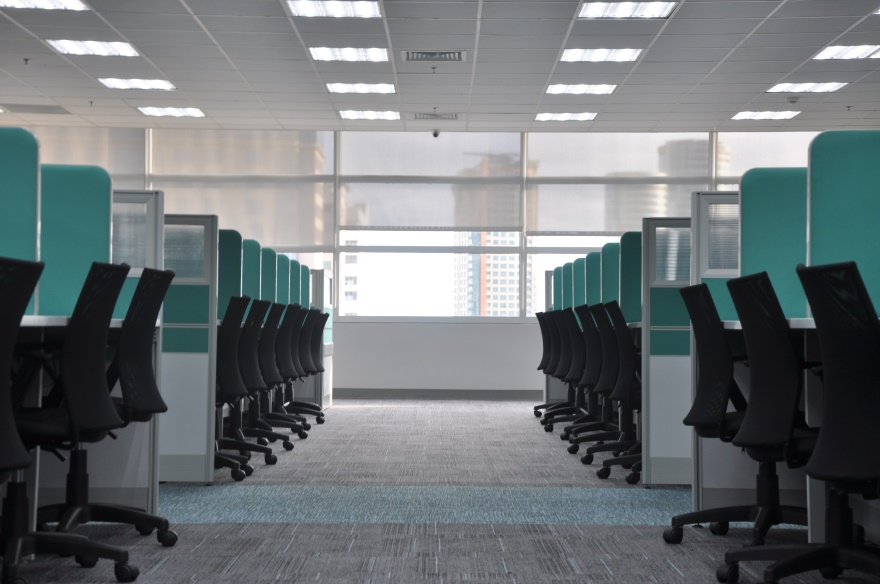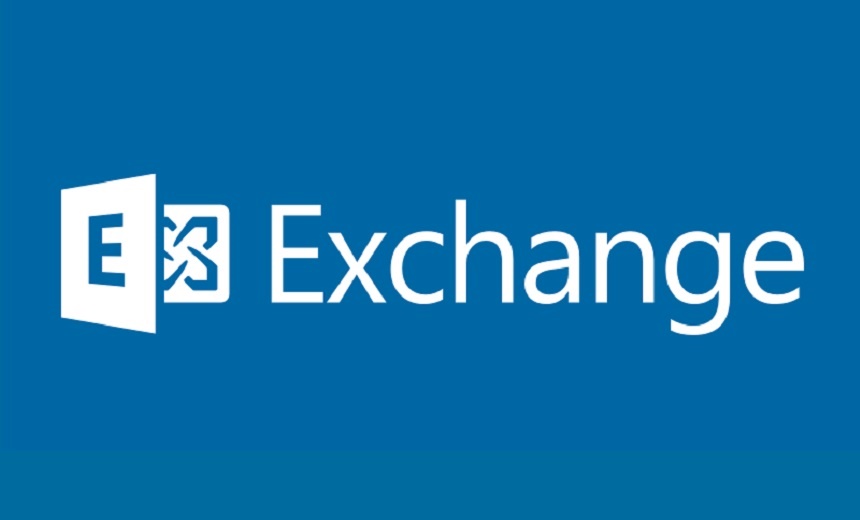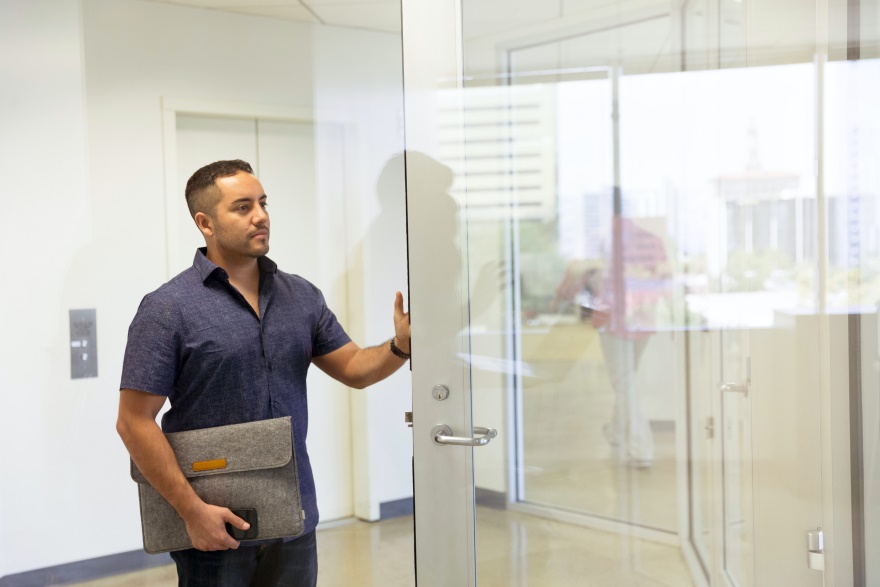According to a report, only about 60% of available office space is used during a typical workday.
Office space is precious. Going by the increase in rentals around the world in commercial business and industrial districts, it is clear that organizations cannot afford the wastage of space.
You got to ask yourself – Are we using our space efficiently? Can we reduce electricity consumption? Can we increase the utilization rate of our space while increasing our headcount?
To answer these questions, facilities management needs hard data. With modern tools and technologies, this is possible. Office space occupancy planning using technology provides the answers.
Office Space Planning
Space planning is the science of optimizing the design of the office space. This is done to maximize usage while considering various human, environmental and regulatory factors. Once the planning is complete, the final design is provided to the contractor to execute.
In the early stages of office space evolution, there was not much room for improvement unless a major overhaul was done to the office. This was because early offices were siloed by cubicles, making them very hard to change.
Occasional space usage exercises included engaging independent auditing teams to track and monitor the flow of people and objects across the office over a period – a tediously manual process. Once this was done, a report was created and that was it. There was no notion of continuous monitoring of space usage.
Today, things have changed. Offices are now more open and spacious with flexible seating arrangements. Combine the minimalist design with portable features such as pre-built work pods, meeting spaces, and flexi-desks and you have a very dynamic workplace.
Moreover, technology that can track usage, occupancy and presence detection in real-time has become affordable and implementing them has become easier.
Cloud-based software-as-a-service, sensor networks, big data processing and robust analytics have given space owners the capability to track, monitor, analyze and respond to changing usage conditions.
While implementing these new technologies seems like an attractive option, the question is how beneficial they will be.
Benefits
The benefits are tremendous. Imagine being able to identify and isolate areas where usage is non-existent, where the flow of people and objects are minimal. These spaces can be converted into meeting rooms.
More desks can be added to increase the desk occupancy rate. Usage patterns can be analyzed to group teams together that usually work together. This will increase efficiency. The possibilities are infinite with the tools available today.
Methods
So, how do you track usage and occupancy information? Several tools are currently available that can help. Here we look at office space occupancy planning using technology.
Room Booking System
A meeting room booking system is essential for efficient and organized scheduling of meetings and collaborative sessions within a workplace. It simplifies the process of reserving meeting rooms by providing a centralized platform that enables employees to check availability, book rooms and manage their bookings seamlessly.
The system also provides insights into the usage of rooms. Analyzing room usage will give you insights into how to better manage the space. Perhaps, instead of a large meeting room, you can have two smaller meeting rooms.
Possibly there is a need to add projectors and video conferencing equipment to these meeting rooms.
Desk Booking System
Flexible work arrangements, including hot-desking and hybrid work, have gained prominence in recent years. To accommodate these trends, organizations are implementing agile desk booking systems that enable employees to reserve workspaces based on their immediate requirements.
These platforms, often integrated with mobile apps or internal portals, allow employees to select available desks ensuring optimal utilization of office resources. By adopting such technology, you will not only reduce desk clutter and space wastage but also promote employee autonomy and satisfaction.
Such a system provides information on seating patterns. Seats that are less preferred due to various factors can cause poor usage. Instead of overhauling the entire layout, minor alterations can be made to better use such spaces.
Sensors Networks
Sensor networks such as beacons, Passive-Infrared (PIR) sensors, and other detection mechanisms can help to track people’s flow across space and determine occupancy. Sensors provide real-time information in a format that can be tracked, stored and analyzed over a period of time.
These devices can provide insights into less visited areas that can be either converted to desks, meeting rooms or huddle spaces. Motion sensors can provide valuable information on occupancy and traffic flow.
Unlike room booking or desk booking, sensors provide real-time traffic flow. Combined with the room and desk booking solution, sensors can augment usage pattern information through time-series-based analysis of flow.
Presence Tags By People
Smart tags, worn on people’s wrists connect either to the wireless network or to a third-party subscription service through a mobile data plan (4G/5G network). They provide real-time tracking of people’s movement that can provide insights into the way people flow across the space.
Designing walkways and re-arrangement of desks can help maximize the flow without causing bottlenecks. While there may be privacy concerns related to these technologies, they provide a powerful source of data to help in office space occupancy planning using technology.
Electricity Usage
Internet Of Things (IoT) devices can tap on electricity usage in zones to see usage patterns. Analyzing patterns of electricity usage can provide deep insights into the usage across regions without having to invest in large-scale sensor network deployments.
Electrical usage monitoring, perhaps, provides the most direct insight into the occupancy of the given space. Disproportionate usage across various spaces provides clear justification to spread out your employees or redesign the layout so that usage is more optimized.
Concluding
You can reduce costs and maximize your office space usage by adopting office space occupancy planning using technology. With real-time data, agile meeting room and desk booking systems and data-driven space design, organizations can transform their workplaces into hubs of productivity, collaboration and employee satisfaction.
So, embracing these advancements not only enhances the bottom line but also establishes a competitive edge in the market.
The future of office space occupancy and planning is undoubtedly bright and promising. Where are you?




